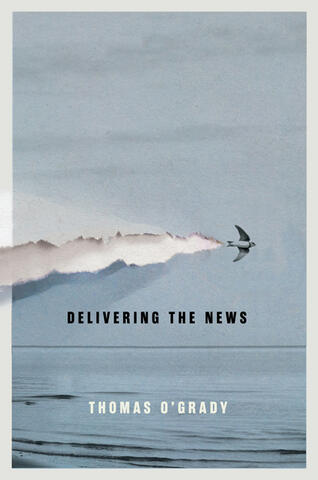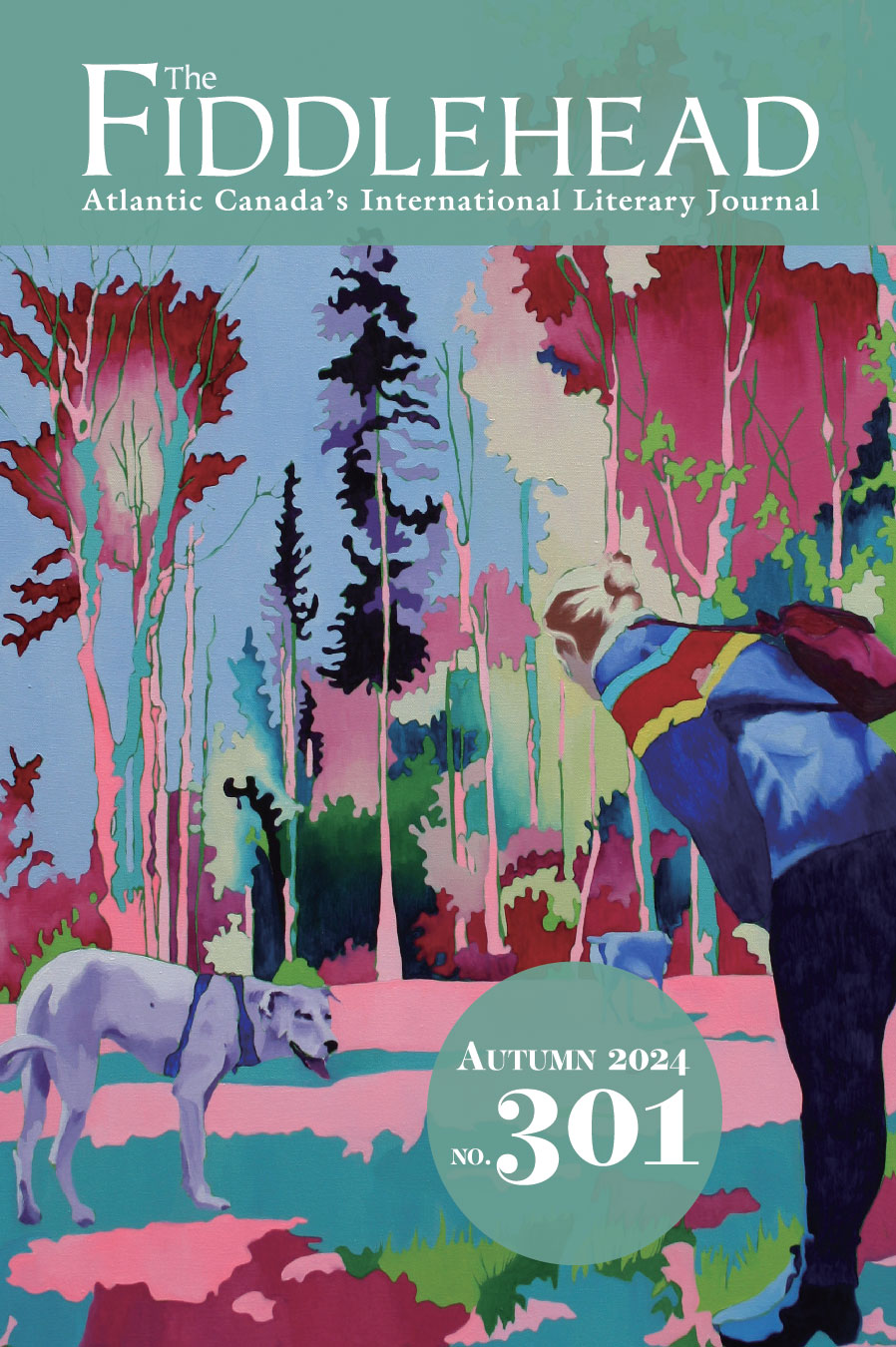In late January of 2018, my wife texted me from her parents’ home, where she was visiting for a few days, asking me for an update on the two kittens we had adopted back in November. Mostly it was her pleasure to give them their treats, but they had responded to the cue of my calling out to them by rubbing around my legs in high anticipation. I replied to her query with these impromptu verses:
SYNCHRONIZED SWIMMERS
Choreography. Precise
as minnows darting
side by side through shallows,
shadows: random starts
and stops, furtive flitting,
lockstep twists and turns.
Then svelte backs arched
in tandem, tails curled high
like vernal fiddlehead ferns.
I dashed off those lines in the moment, but they eventually made their way verbatim into my book of poems Delivering the News (McGill-Queen’s U. P., 2019). Not every poem needs to carry the weight of the world . . .
As I recall, my wife was impressed enough by my response to ask how I came up with those images of minnows and fiddleheads so seemingly spontaneously, and I remember replying that just that morning I had introduced my Creative Writing students to the wonders of metaphor and simile via a small sheaf of poems by former U.S. Poet Laureate Ted Kooser. A longtime cornerstone of my teaching both the reading and the writing of poetry is this observation from Robert Frost: “There are many things I have found myself saying about poetry, but the chiefest of these is that it is metaphor, saying one thing and meaning another, saying one thing in terms of another, the pleasure of ulteriority.” Wallace Stevens would nod approvingly: “Reality is a cliché from which we escape by metaphor.”
Kooser’s poems are rich in such ulteriority—rich in both metaphor and simile, its kissin’ cousin—and one of the poems I had shared with my students that morning is the poet’s simple recollection of his father, a smalltown shopkeeper in Iowa:
THE SWEEPER
It is morning. My father
in shirtsleeves is sweeping
the sidewalk in front of his store,
standing up straight in the bow
of his gondola, paddling
the endless gray streets of his life
with an old yellow oar—
happy there, hailing his friends.
By the evidence of “Synchronized Swimmers,” some of what I hoped the students would absorb from Kooser’s writing had rubbed off on me—perhaps more than had rubbed off on them.
It was only after I had stepped out of teaching harness (another metaphor) that I happened upon these felicitous lines by Richard Wilbur that speak to the secret power and the particular pleasure (for both writer and reader) of simile and metaphor:
Odd that a thing is most itself when likened:
. . . . . . . . . . . . . . . . . . . . . . . . . . . . . . . . . . . . . . . .
It is something in us like the catbird’s song
From neighbor bushes in the grey of morning
That, harsh or sweet, and of its own accord,
Proclaims its many kin.
Incidentally, the catbird, whose closest kin are mockingbirds and brown thrashers, is named for its distinctive catlike mewing. How ulterior is that?
— Thomas O’Grady was born and grew up on Prince Edward Island. He is the author of three books of poems, What Really Matters (2000) and Delivering the News (2019), both published by McGill-Queen’s University Press, and Coming Ashore: New & Selected Poems, forthcoming from Arrowsmith Press in Boston in 2025.



